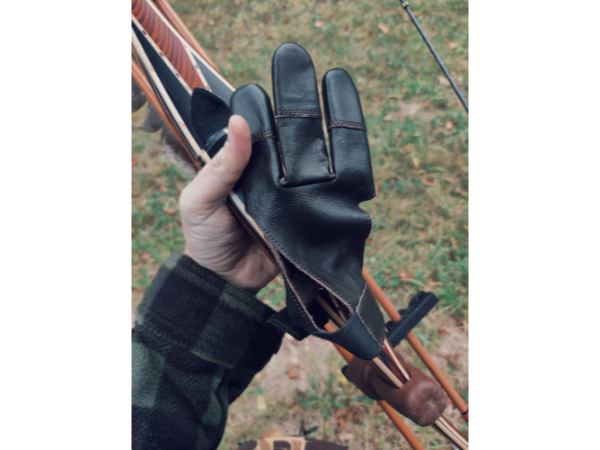I usually don’t waste hunting time chasing turkeys in an area where I haven’t previously confirmed their presence, but this season was different. Two freak spring blizzards had driven the birds from their usual haunts, and I had no idea where they were. On opening morning, I headed to an ordinarily reliable location, but I felt discouraged by the absence of turkey tracks in the snow when I’d driven the backroad there the previous afternoon.
As dawn began to break and robins started to sing, I was hiking briskly up a hill toward a ridge from which I’d often heard gobbles before. My plan was simply to listen at first and then offer a few tree yelps if the woods remained silent. Suddenly I heard the sound of heavy wings straining against the air just up the hill, and instantly recognized the source as a raven. These vocal birds have excellent vision, and I expected it to issue an alarm call as soon as it spotted me. Consequently, I hit the brakes and listened intently.
Sure enough. The big, black bird flared and croaked as soon as it cleared the pines, and straight up the fall line a tom turkey “shock-gobbled” in response. Now I knew right where I needed to be, and the gobbler didn’t even know there was a turkey hunt in progress.
Hunters should understand that whenever they let out a call intended to attract any quarry from turkeys to moose, they are communicating information potentially useful to the defense as well as the offense. Heavily hunted public land elk are notorious for becoming “bugle shy” and shutting up or moving away from calling hunters. Most experienced turkey hunters have had an apparently hot gobbler shut up and disappear after they’ve let a bad yelp get away from them.
I don’t know why some toms shock-gobble mindlessly in response to sudden, loud noises, but they do. That reflexive response can be a great way to locate a tom without making the turkey aware of your presence. Birds are particularly useful. Owl hoots are a classical means of locating birds on the roost, but they don’t carry far, and I’ve never found them very useful. Turkeys are most likely to sound off in response to loud, abrupt noises. In addition to ravens, I most often hear them shock-gobble in response to Canada geese and cranes.
That’s why whenever I see or hear one of these birds nearby, I stop walking and listen. These perfectly natural locator calls have led me to a lot of turkeys over the years.







That;s why the boys down south carry a crow call
Great advise Sir!
I can’t begin to guess how many times, upon hearing a crow (or an owl), I’ve stopped in mid stride to lesson for a gobble.
One other upside…you can often hear a bird better if you aren’t the source that is making him shock-gobble in the first place.
Only seven months ’til spring season!
Joe and Kevin, your comments are spot on! Don
One area I used to hunt was a series of oak ridges with increasingly swampy bottoms in-between leading to a creek at one end and a major river running parallel to the ridges. Heron nests were all over in the standing dead timber in the bottoms. Their prehistoric croaking as they flew over would often have turkeys shock gobble. Very useful. Have lately been debating trying a predator call such as a dieing rabbit as a locator. Coyotes often come in to the turkey call anyway so why not?
Great tip Don. My first ever turkey hunt this year…soaking up all the advice I can. Thanks for sharing…hope you’re well!
Good to hear from you, John. Turkeys have long been one of my favorite bowhunting quarries—as much fun as elk in their own way, and a lot easier to haul out of the woods! Montana lacks the turkey hunting tradition of other locations, so I pretty much have he woods to myself. Great way to realize you have survived another Montana winter. D
Always to hear from a savvy woodsman!